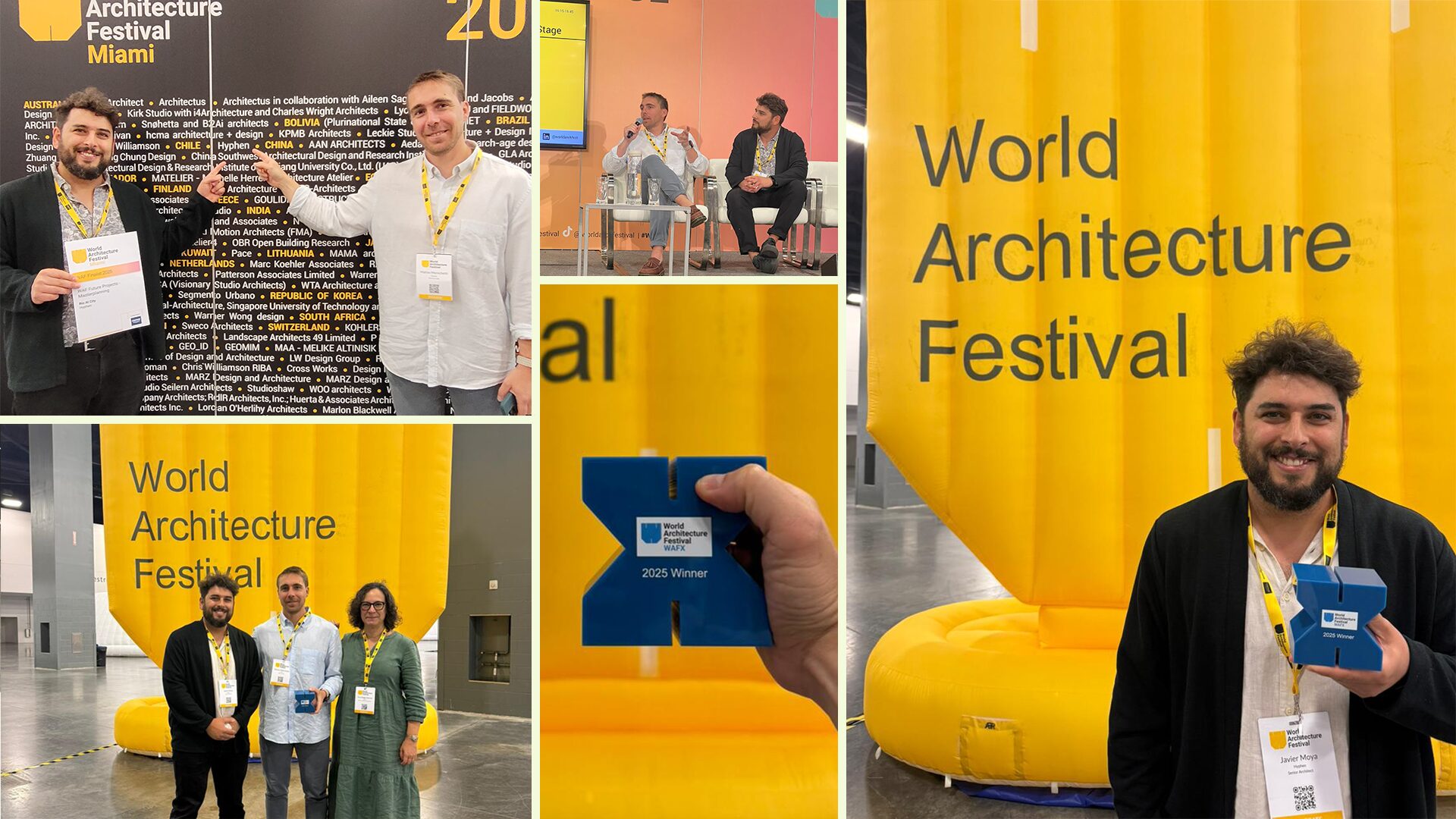Matias Menichetti, Hyphen director in Chile, discusses data centre design in a new interview with Data Centre Dynamics.
An expert on the Latin American region, Matias talks about the emerging trends for the sector, the role of the architect, and sustainable approaches to data centre design.
Read the full interview in English below:
Are there any emerging trends in data centre design that have the potential to revolutionise the industry?
Certainly, the trends shaping data centre design extend beyond the physical infrastructure to the urban context and communities in which data centres operate. As our reliance on digital services and data continues to grow, this building typology is becoming integral to the urban landscape. The demand for increased data storage and processing and hyperscale facilities used by major tech companies is driving the proliferation of these structures. As a result, the role of the data centre architect is becoming more prominent and crucial.
The significance of local context cannot be overstated. The evolution of data centre design is influenced by location (whether urban or rural location, populated or unpopulated, warm or cool climate etc), technology advancement, processes and energy requirements.
Data centres have to be adaptable, have visual presence, and coexist with their neighbours, whilst doing all these industrial processes too.
To design this typology requires a different way of thinking. We are not just designing a building – we are also designing a design process itself. Because of the emerging nature of data centre design, the typology is ripe for innovation. And with so many new facilities in the pipeline, and so much at stake with data being stored and transferred, it’s the responsibility of architects and engineers to advocate good design, especially in areas of efficiency and resilience (keeping water out, making sure backup systems are planned for, and even ensuring sustainable supply chains), but also increasingly in terms of context (environmental, community, government, construction methodologies), the latter tends to be the natural domain of the architect more than the engineer.
How can distinctive architectural designs differentiate data centres from their competitors and improve the planning and development process?
Data centre design is a delicate balance between presentation and secrecy, show and stealth. While iconic skyscrapers are meant to interface with the public and draw people in, data centres have historically been ‘quiet’ by design — built for privacy and security. But that’s changing…
With so many new players entering the Latin American data centre market, larger facilities, and greater scrutiny of data centres development, we’re seeing an increase in industry operators developing highly distinctive data centre designs to represent their brand values, help them to stand out and appeal to customers, staff, and the wider community. We’ve seen this in Europe too – in the past, European data centres were largely anonymous boxes but not anymore. In fact, Hyphen is now being commissioned to define ‘brand bibles’ for architectural design just like we’ve been doing for luxury retailers for decades.
Design can no longer be considered as a last-minute feature; it is more and more becoming part of making a brand statement. The design now needs to be inspirational, as well as efficient and secure.
What role does environmental sustainability play in data centre design, and how can green design principles be integrated into these facilities?
Environmental sustainability has become a critical aspect of data centre design. Green design principles have traditionally prioritised energy efficiency, and cooling optimization, but now include wider considerations such as renewable energy integration, low carbon construction, and life cycle analysis.
To give a few examples, including features such as onsite renewable power generation, air cooling for IT equipment, rainwater harvesting, heat re-use, ‘living’ roofs and walls, and electric car charging points, the ecological and environmental impact of the facility can be reduced.
It’s important for local authorities to recognise that data centres are also an opportunity to regenerate areas through sustainable design, environmental protection, as well as job creation. This is one of the most relevant lessons learnt we can take from mature markets. The core components of a data centre, such as resilience, efficiency, and security, will always remain a constant, but data centres can also have a key role in enhancing the built environment, their surroundings and the local economy, and our collective progression towards Net Zero.
Watch a DCD>Debate on data centre design led by Matías at DCD Connect Cancun 2023


